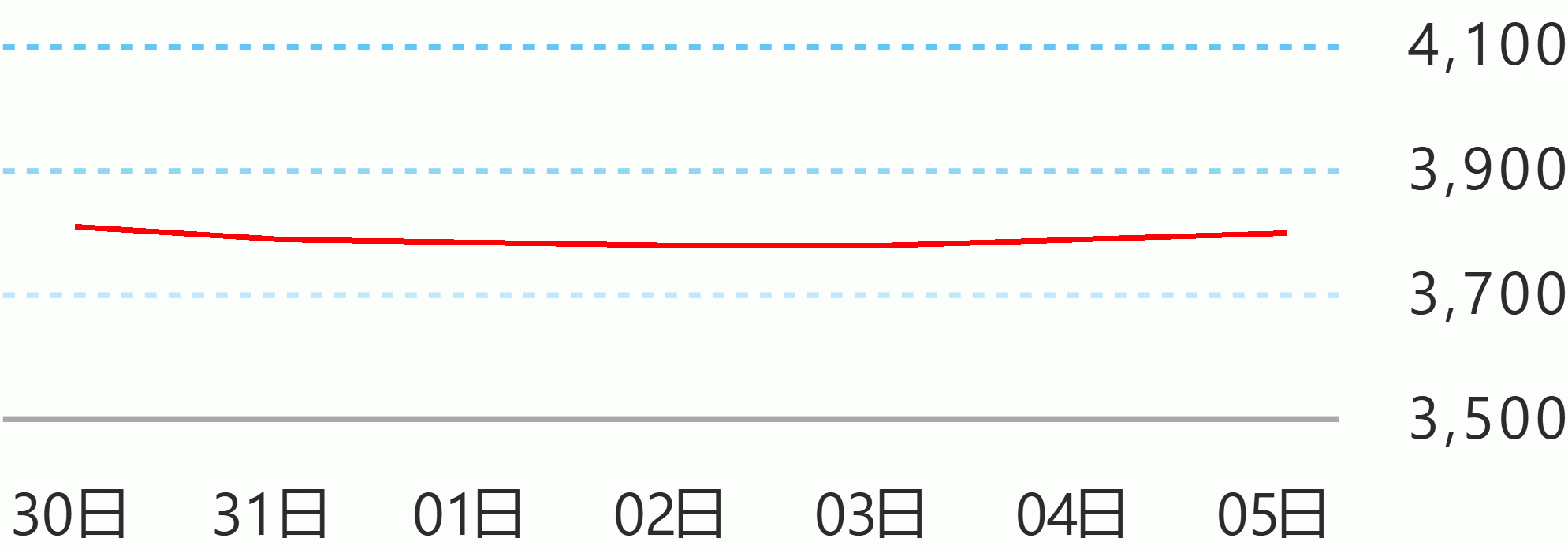The Philippine Institute of Volcanology and Seismology (Phivolcs) recorded the highest sulfur dioxide emission from Taal Volcano since July on Tuesday.
In a bulletin Wednesday, Phivolcs has recorded an average of 25,456 tonnes of sulfur dioxide emission on October 5.
In an interview with the Daily Manila Shimbun, Phivolcs Science Research Specialist Maricel Capa said this is the highest sulfur dioxide emission from Taal since it started volcanic activity in 2020.
Capa said the next highest sulfur dioxide emission from Taal, which reached more than 23,000 tonnes, was recorded last July 4, 2021.
She also explained that although it is "alarming because it is high", the emission of sulfur dioxide from the volcano will also help avoid a possible powerful explosion.
According to Taal Volcano Network, although there is no volcanic earthquake recorded, "a low-level background tremor has persisted since 7 July 2021."
"Activity at the Main Crater was dominated by upwelling of hot volcanic fluids in its lake which generated plumes 1,500 meters tall that drifted northwest and northeast," Phivolcs stated.
Taal Volcano remains on Alert Level 2 or increased unrest, where sudden steam or gas-driven explosions, volcanic earthquakes, minor ashfall, and lethal accumulations or expulsions of volcanic gas can occur and threaten areas within and around Taal Volcano Island. Robina Asido/DMS





 English
English









